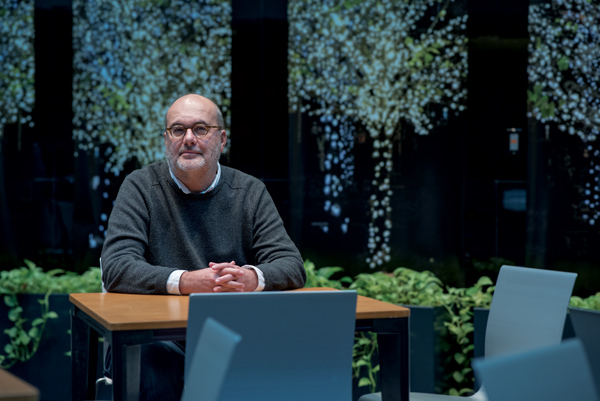Só que não é um problema econômico!
Ou seja, eu contesto que a desigualdade seja um problema econômico; não é enunca foi.
A economia trata da escassez e dos meios mais apropriados, exequíveis, para fazer o máximo com os recursos disponíveis.
A desigualdade é um problema social — portanto, maior que a economia enquanto disciplina — e tem a ver com a produtividade de cada indivíduo ou grupo de indivíduos. Essa produtividade ao nível micro-individual não é um problema econômico estrito senso, e sim uma questão do contexto social, cultural, institucional no qual vive esse indivíduo mal dotado de produtividade em seu trabalho (se é que ele produz algo de útil).
Portanto, trata-se de uma questão maior, que não depende da economia ou dos economistas para ser resolvida. Assim, não cabe esperar que eles resolvam esse problema maior que a economia, muito menos, ainda um representante da tribo como Piketty, que erra no diagnóstico e na prescrição.
Voltarei ao assunto, mas deixo aqui a leitura da entrevista à revista do FMI de Branko Milanovic, recomendando que também sejam lidos os vários trabalhos de Xavier Sala-i-Martin sobre a redução da desigualdade no mundo, independentemente do aumento temporário das desigualdades individuais debtro das nações, o que se explica também por fatores não econômicos, acima, portanto, da capacidade dos economistas de resolvê-los.
Paulo Roberto de Almeida
São Paulo, 26/05/2019
| A wide-ranging conversation with a leading scholar of inequality |

|
|

Dear Colleague,
Recently, F&D senior editor Chris Wellisz sat down for an exclusive interview with economics professor Branko Milanovic, a leading scholar of inequality. As a child growing up in Communist Yugoslavia, Milanovic witnessed the protests of 1968, when students occupied the campus of the University of Belgrade and hoisted banners reading “Down with the Red bourgeoisie!”
Decades before it became a fashion in economics, inequality would be the subject of his doctoral dissertation at the University of Belgrade. Today, Milanovic teaches economics at the City University of New York and is best known for a breakthrough study of global income inequality from 1988 to 2008, roughly spanning the period from the fall of the Berlin Wall—which spelled the beginning of the end of Communism in Europe—to the global financial crisis.
“Branko had a deep influence on global inequality research, particularly with his findings on the elephant curve, which has set the tone for future research,” says Thomas Piketty, author of the bestselling Capital in the Twenty-First Century. Piketty and his collaborators confirmed the findings in a 2018 study, which found that the top 1 percent globally captured twice as much of total growth as the bottom 50 percent from 1980 to 2016.
Publishing widely and profusely, Milanovic applied his research to surprising subjects. For example, he conducted an offbeat analysis of Jane Austen’s Pride and Prejudice, arguing that the book is as much about money as love. He estimated the incomes of various characters and looked at how wealth influenced the choice of mates for Austen’s protagonist, Elizabeth Bennet. He did the same for Leo Tolstoy’s Anna Karenina.
If you have ideas for future F&D articles or would like to share your thoughts on a recent story, write me at rkanani@imf.org. I'd love to hear from you.
Sincerely,
Rahim Kanani
Digital Editor, F&D Magazine
International Monetary Fund
_____
|
|
|
|
|
|






